| What's Hot! | Products/ Tools | EFI Tuning | Basic Tuning | Advanced Tuning | Chassis Tuning | Advertise with us |
Detonation Cans (det cans)
What they are, and how to build your own on the Cheap
Contributed by: Enginebasics.com
How many motors could be traced back to detonation as the leading cause of failure? Detonation can break a motor in record time, and because if this, it is very important to know when a motor is detonating. Detonation is when the combustion of fuel occurs before the piston has reached Top Dead Center (TDC). As the cylinder is moving up, starting its compression stroke, the fuel in the motor ignites pre-maturely. This can be heard as a “knock” or “ping” in the motor.
Causes of Detonation
Detonation, also called pre-ignition, can be caused by a number of things:
1. Air intake temps being to high
2. Octane of fuel being to low
3. Cylinder pressure being to high
4. Hot spots in the combustion area
5. To hot a spark plug being used
All of this can be combated at times by retarding timing, but as we retard timing we lose torque and power. Our goal is to have our timing as optimized as possible without causing pre ignition. Finding this happy area of timing where the motor is producing the most amount of torque, without causing detonation, is the goal of any good tuner. In the tuning world we call this finding Max Break Torque or MBT.
The purpose of Det Cans
Detonation Cans, or det cans for short, are to help us hear the sound of detonation in the motor. If you don’t know what detonation sounds like, it is a “ping” sound that the motor will make that some also describe as a “knocking” sound. This is why we often call detonation pinging or knocking a motor. Det cans are earmuffs that are connected to the engine block that allow you to hear the motor better and listen for knock. While some would argue that this is the knock sensors job, most engine tuners find that once a motor has been modified, the knock sensor becomes less accurate as each knock sensor itself is tuned to match a motor set-up very precisely. As you modify the engine you run the risk of taking away the accuracy of the factory knock sensor. Many tuners have reported that knock sensor accuracy becomes considerably bad in forced induction applications where an accurate knock sensor is extremely important.
Det cans come in two forms:
1. Mechanical
2. Electronic
The mechanical det cans are just a set of earmuffs with tubing in them that lets you mechanically hear the motor from inside the cabin of the car. Electronic det cans have a microphone mounted on the engine block and are wired to an amplifier and then to a set of head phones that allow you to monitor the sounds of the engine block. Both have advantages and disadvantages.
How to build a set of Det cans using Home Depot supplies
Materials list, all from home depot:
$3.55 - 2' length of 1/2" copper tubing
$2.88 - Loctite stick and seal plastic gap filler glue
$9.94 - Ear protectors
$9.97 - 50' PVC 3/8" air compressor hose w/ fittings
$1.97 - 3/8" plastic tee
Total -~$29
Other items you will need but probably have: 5/8" heater hose, hose clamps, a 3/8" to 1/4" pipe bushing, pipe thread sealant, bolt, stepped drill bit, other tools
Steps with photo’s below:
1. Take the piece of copper pipe and flatten it a few times over it self so it is decently thick.
2. Cut a hole in the pipe that will match a bolt on the engine block that you can bolt to, that will be a good location to listen to the blocks combustion.
3. At the back of the copper pipe, hook up the air hose so that the sound the copper pipe hears is now transmitted to the hose.
4. Drill holes in the cheap pair of ear protectors you bought to put the hose coming off of the copper pipe into. Once the hose is in, use the plastic filler to make the hose stay in the muffs, and more importantly to keep it air and sound proof.
5. Bolt the copper pipe up to the block and start the vehicle. Make sure that you can hear each combustion cycle clearly.
6. Go for a drive and enjoy being able to hear detonation clearer than you ever have before.
The following photo’s are courtesy of : Argintower.
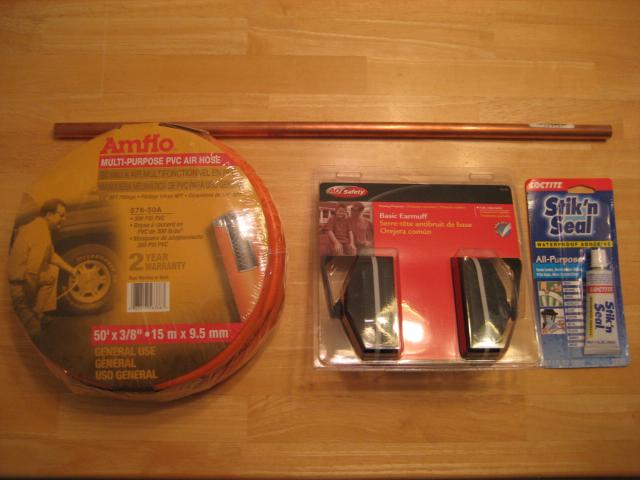
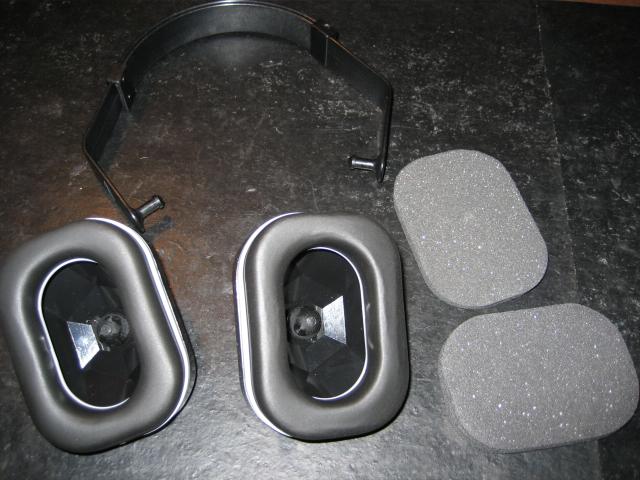
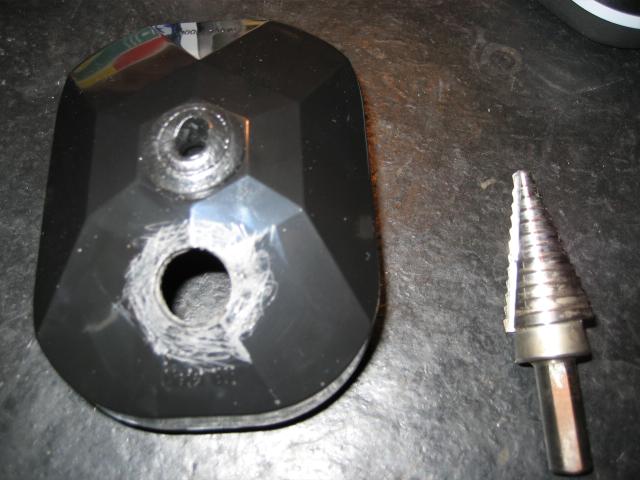
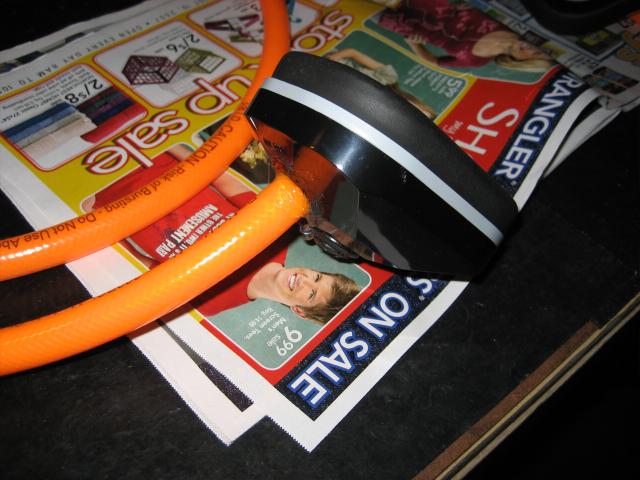
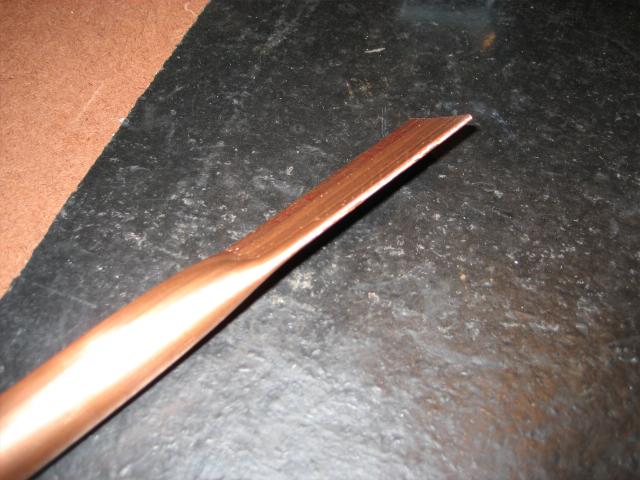
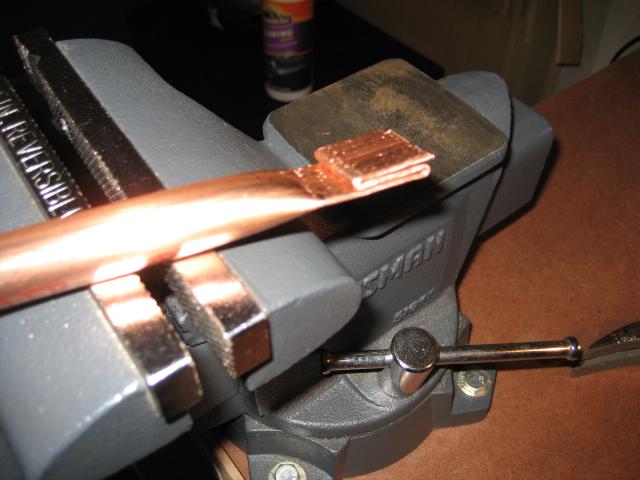
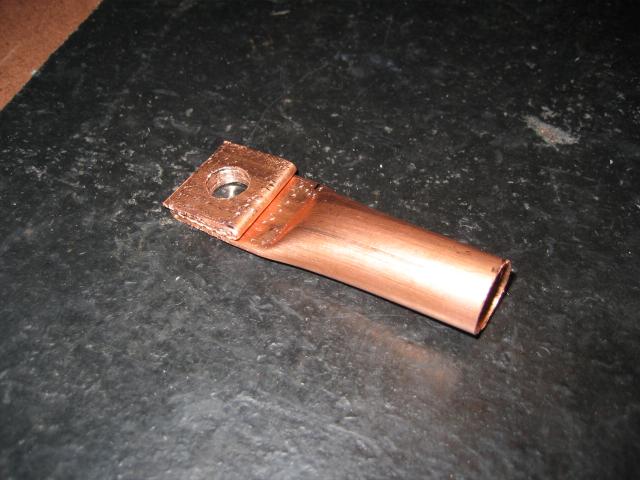
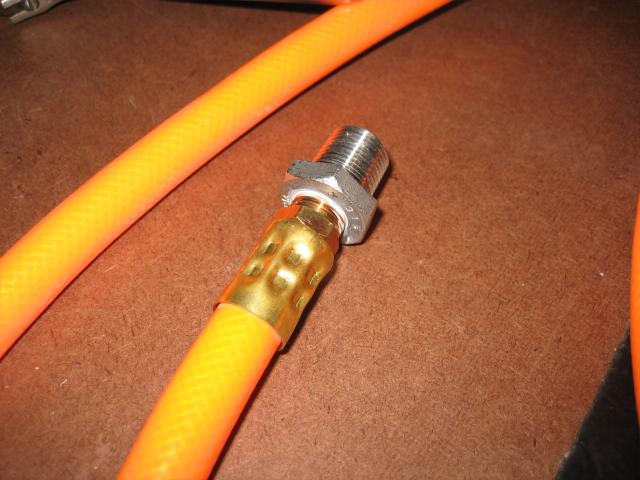
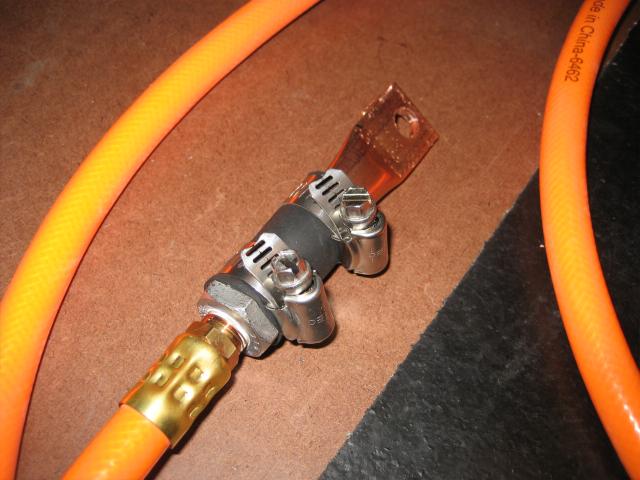
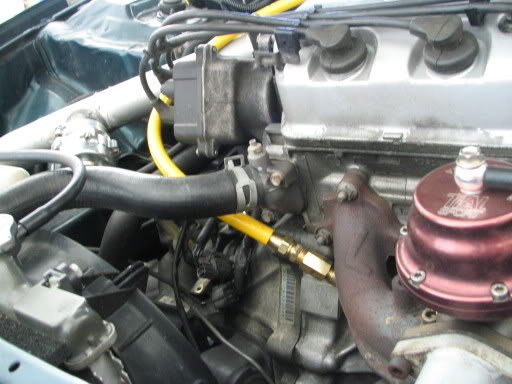
ATTENTION READER:
If you enjoyed the information and article you just read be sure to check out our newly released book with even more exciting photo's and information:How to Turbocharge and Tune your Engine

Want to know more about your particular Make and Model vehicle? All of these vehicles are covered in the tech, maintenance and repair articles found above. Enginebasics is the wiki or wikipedia of car part, repair, how to and tuning information. Let us be the class 101 for your automotive learning.
| Ford | General Motors GM | Pontiac | Jaguar | Land Rover | Nissan |
| Toyota | Honda | Lexus | Acura | Lotus | Scion |
| Infinity | BMW | Mercedes | Mitsubishi | Ferrari | Maserati |
| Lamborghini | Volks Wagen VW | Saab | Audi | Hyundai | Kia |
| Subaru | Mazda | Chevy | Volvo | Caddilac | Dodge |
| Chrylser | Daewoo | Porsche | Mercury | Freightliner | MG |
Individual Models
| Ford Mustang | Mitsubishi Eclipse | Mitsubishi Evo | Subaru WRX / STI | Dodge Viper | Chevrolet Corvette |
| Nissan Skyline | Honda S2000 | Nissan 350z | Toyota Supra | Chevy Camaro | Lotus Elise Exige |
| Honda Civic | VW Golf | Dodge SRT-4 | Eagle Talon | Acura Integra | BMW M3 |
| Nissan 240sx | Porsche 911 | Acura NSX | Honda Accord | Toyota Camry | Toyota MR2 |
| VW R32 | Dodge Truck | Mazda Rx7 | VW Jetta | Sand Buggy | Nissan Sentra |
For the latest Automotive news and stories visit the websites below |
Our feature Build: An AWD V6 Civic




